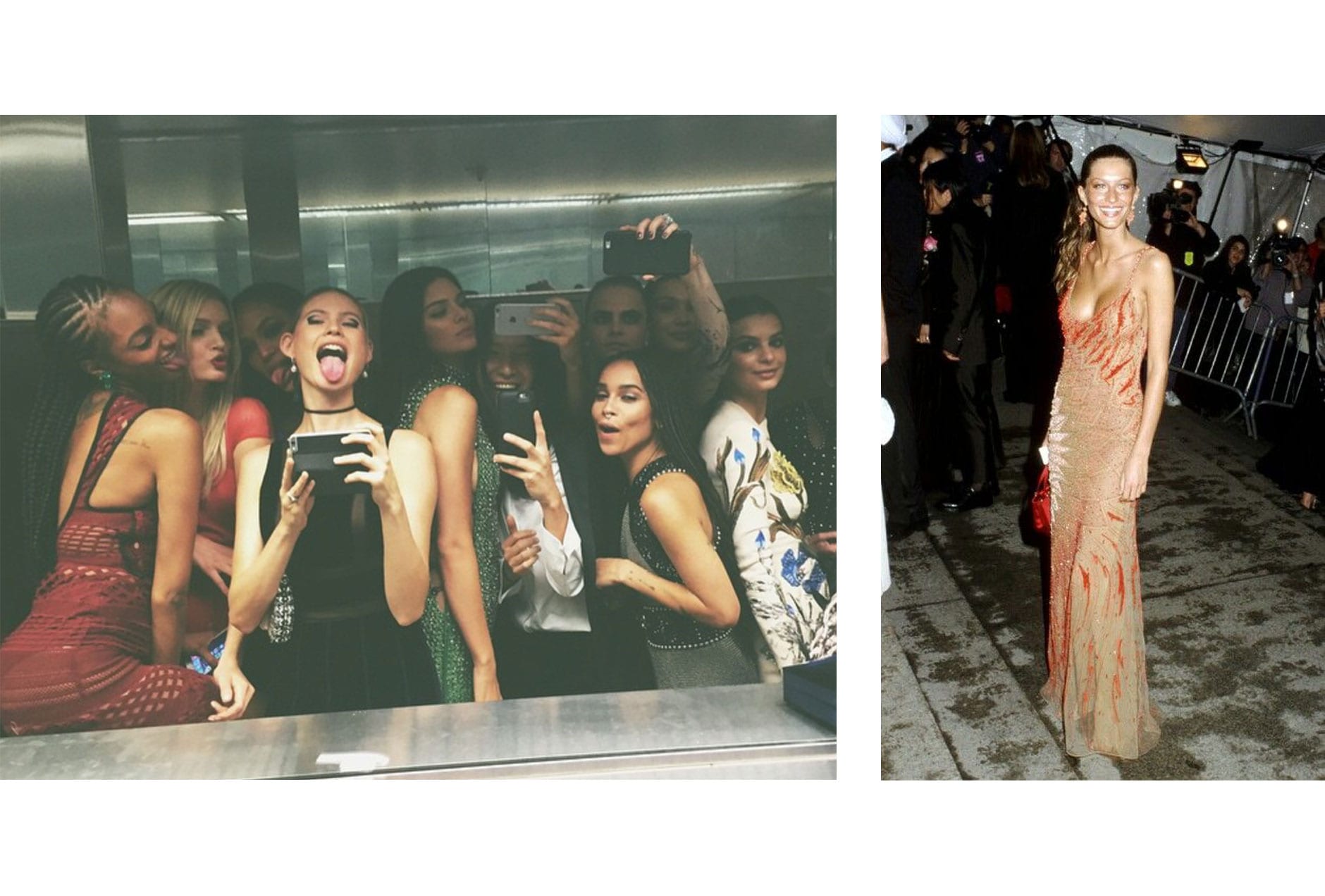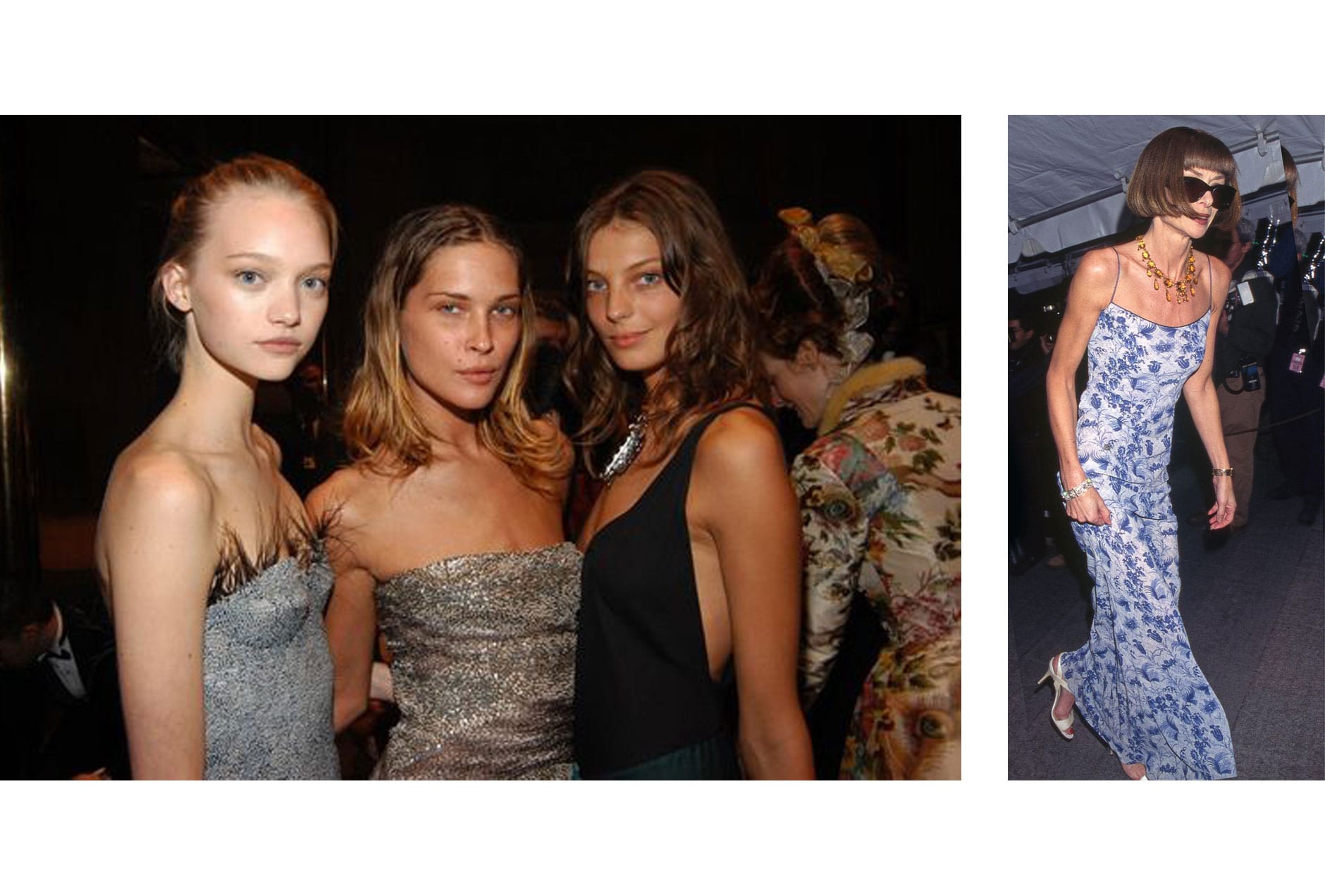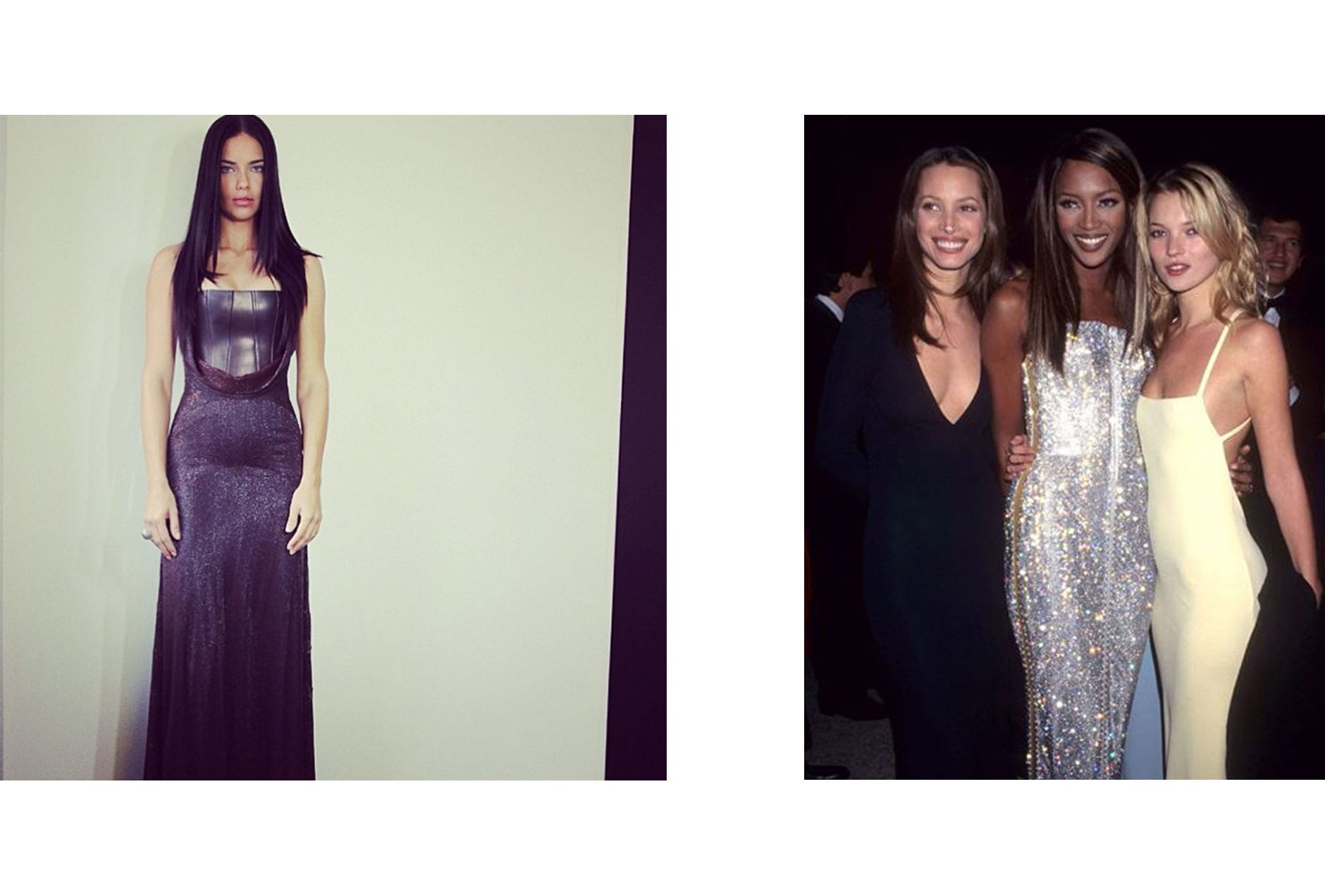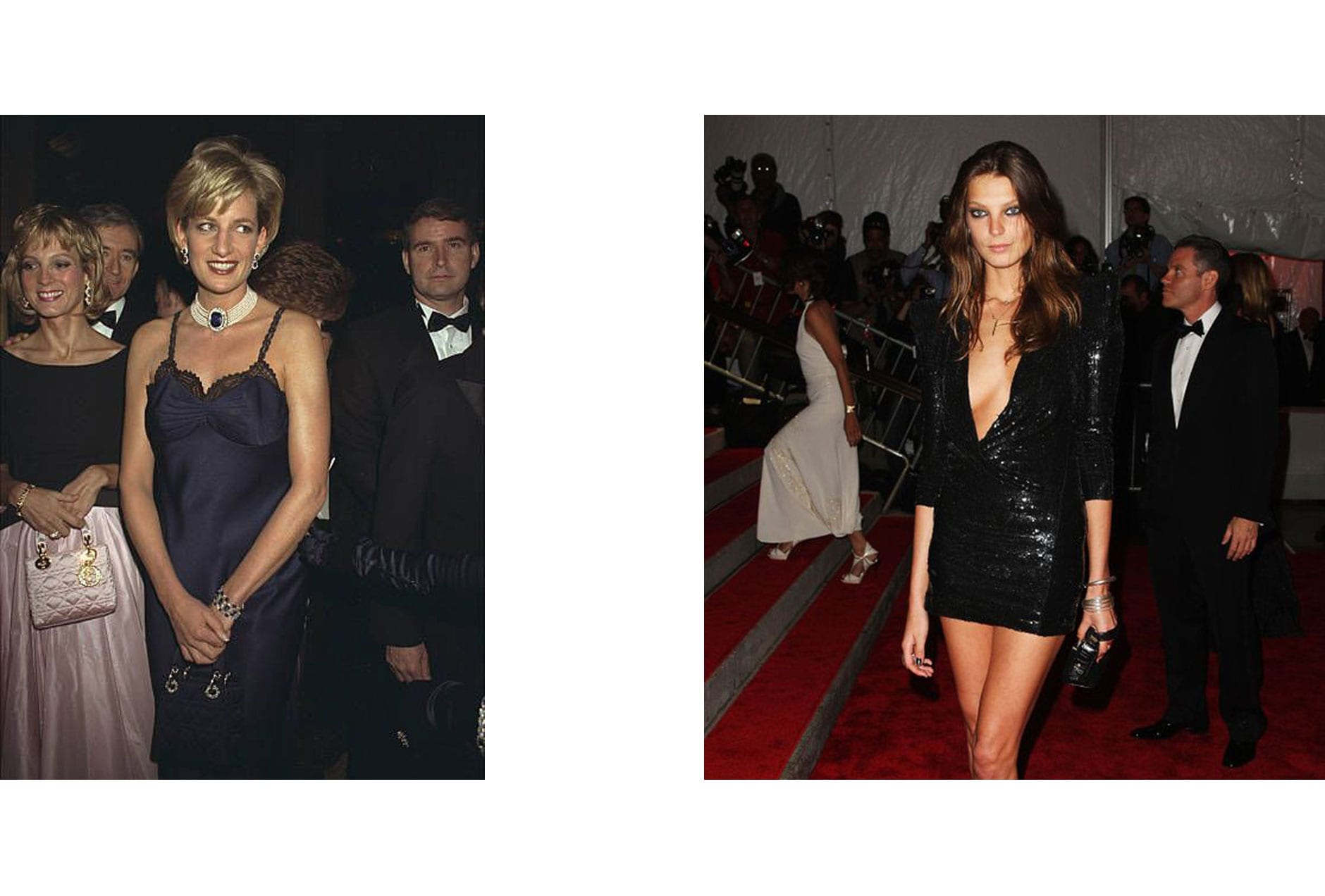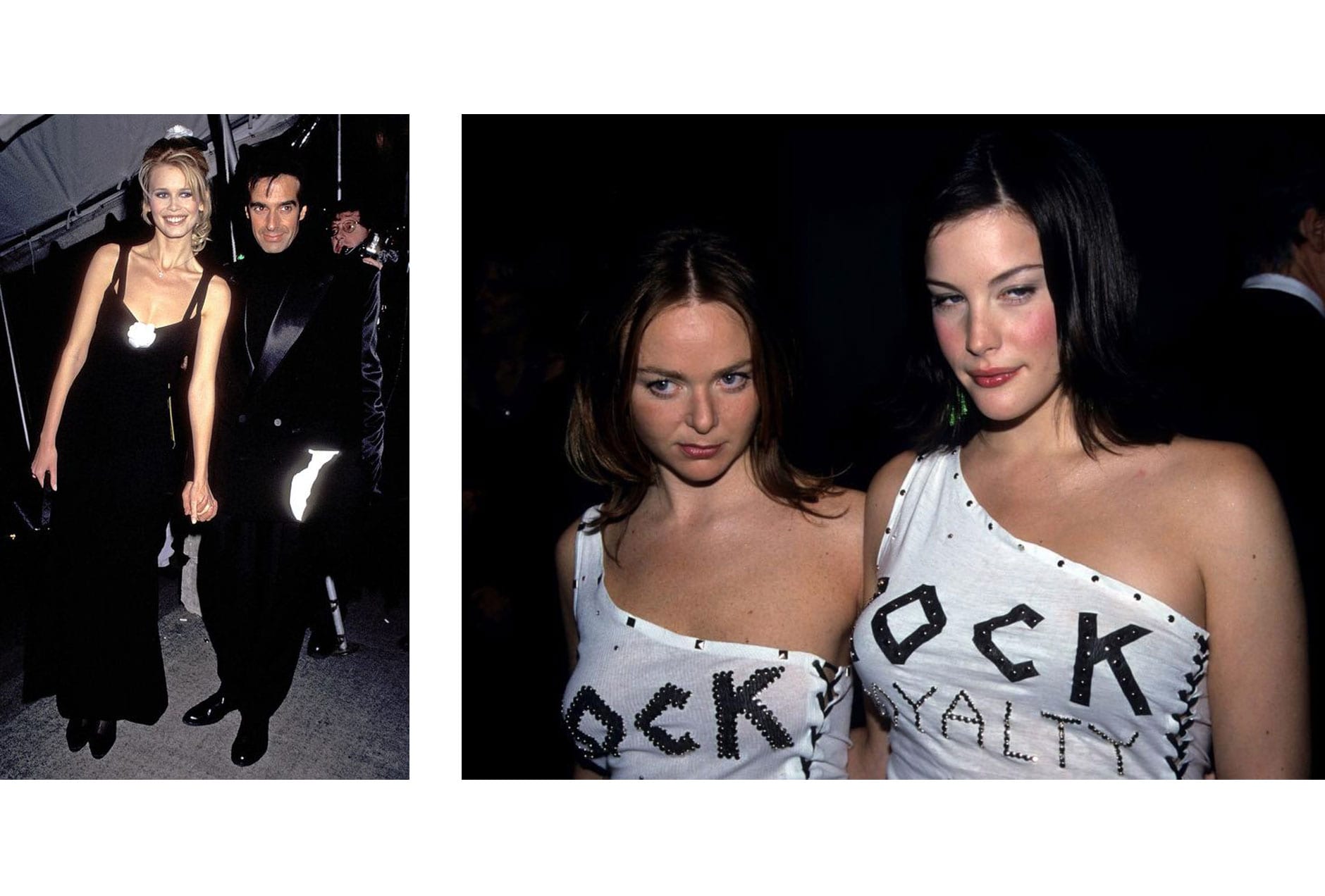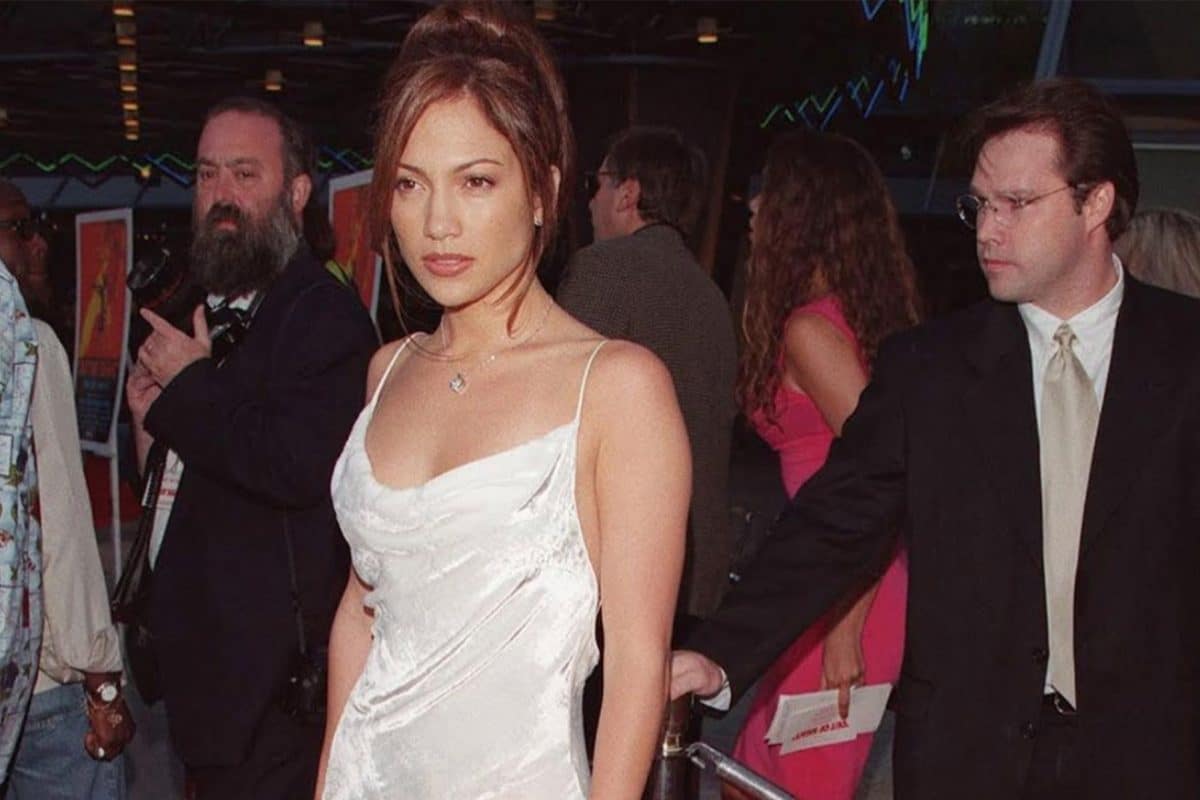1/5 From left: PHOTOGRAPHY @kendalljenner; Gisele Bunchen in Versace, 1999, PHOTOGRAPHY Pinterest.
As this year's Met Gala draws closer, themed Fashion: Notes on Camp, we take a look back at the faces and the outfits that have shaped 'fashion's night of nights'.
The event itself was first conceived in 1949 when publicist Eleanor Lambort founded the first ever Met Gala, inviting a quaint guest list that focused on New York socialites. Now the event has now become synonymous with high-profile models, celebrities having red carpet fashion moments, making it easy to forget that the Met Gala is, at its core, a fundraising prelude to the main event – The Metropolitan Museum of Art costume exhibition.
Notable past attendees included supers Kate and Naomi, Anna Wintour in signature spaghetti straps, Princess Diana resplendent in her royal jewels, with Liv and Stella showing us how rock royalty do it. The theme of the exhibition changes each year, with some guests taking it as a sartorial suggestion, some an imperative, others, like model-muse Abbey Lee Kershaw, an opportunity for political activism. Past themes include Haute Couture (1995), which saw the supers descending upon the event for the first time. The organising committee famously banned selfies for China – Through The Looking Glass (2015) but none of the guests complied.
This year’s theme is based on Susan Sontag’s seminal 1964 essay, Notes on Camp. Camp is a hard concept to pin down, best explained through examples: John Waters films are undoubtedly camp - think of Johnny Depp in Crybaby or Divine in Pink Flamingos. Lady Gaga’s meat dress exemplifies camp's appreciation for the vulgar. Dior, under the helm of John Galliano in the early 90s and 00s, is the epitome of runway camp. It’s a love of the unnatural, absurd, the vulgar exaggerated into hilarity and style at the expense of practicality. Camp is in the eye of the beholder, and we’re ready to behold it come May 6.

